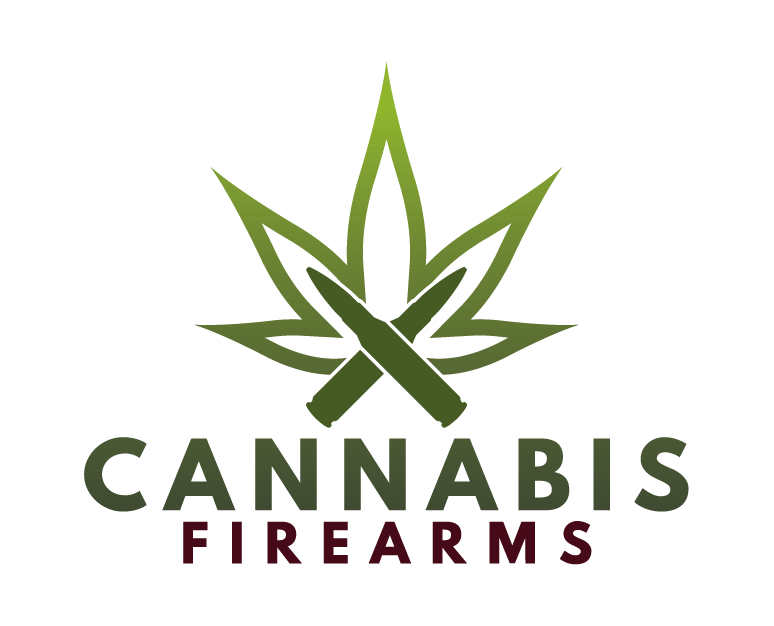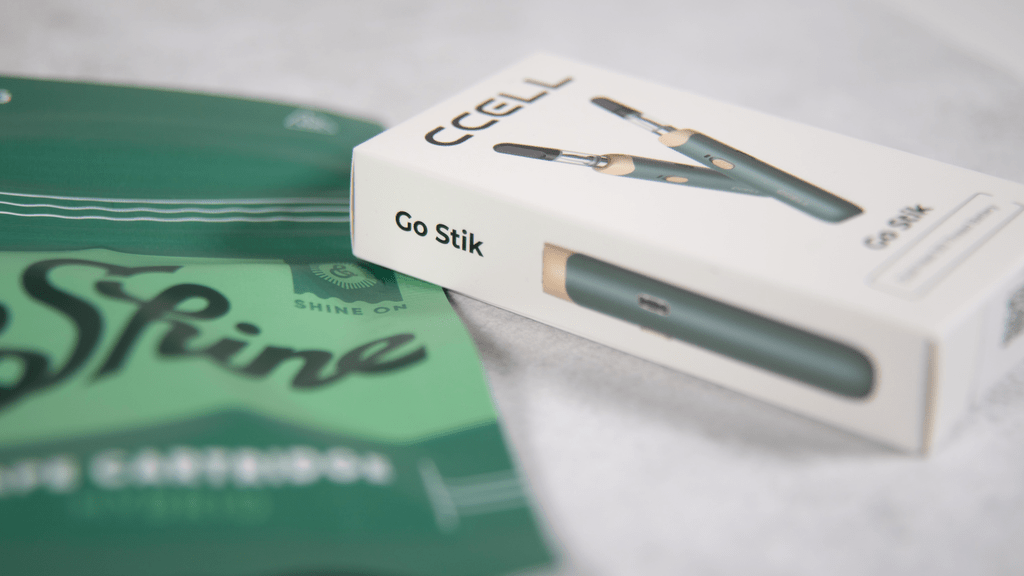The clash between cannabis, firearms, and federal law didn’t happen overnight. It’s the result of decades of overlapping policies, changing attitudes, and political tug-of-war. Here’s how America ended up stuck between legalization and prohibition.
1937–1970: The Birth of Prohibition
It began with the Marihuana Tax Act of 1937, which taxed cannabis out of legal existence. Though struck down decades later, it paved the way for tougher laws. In 1970, the Controlled Substances Act classified marijuana as a Schedule I drug, placing it beside heroin. That label—“no accepted medical use”—became the foundation of federal cannabis policy.
1968–1998: Firearm Rules Take Shape
The Gun Control Act of 1968 introduced a key phrase still in use: anyone who is an “unlawful user of a controlled substance” cannot own or buy a gun. When background checks became digital in 1998, that rule gained teeth through ATF Form 4473, which warns that marijuana remains illegal federally—no matter what your state says.
1996–2012: States Push Back
California’s Prop 215 in 1996 legalized medical marijuana and sparked nationwide reform. By 2012, Colorado and Washington legalized recreational use, proving public opinion had shifted. But under federal law, cannabis users were still “unlawful,” meaning medical cardholders and recreational consumers risked losing their gun rights.
2011–2020: Federal Mixed Signals
In 2011, the ATF told gun dealers not to sell to anyone who uses cannabis, even medically. Two years later, the DOJ’s Cole Memo urged prosecutors to focus on serious offenses, easing pressure on state-legal markets—but not changing firearm rules. In 2018, that memo was rescinded, restoring the full force of federal discretion.
2022–2025: Courts and Rescheduling Efforts
The Supreme Court’s 2022 Bruen decision redefined how courts judge gun laws, insisting they align with historical precedent. That opened challenges like United States v. Daniels, where the Fifth Circuit ruled that banning marijuana users from owning guns violated the Second Amendment. The Supreme Court later sent it back after Rahimi (2024), leaving the issue unsettled.
Meanwhile, the DEA is considering moving cannabis to Schedule III, following recommendations from federal health officials. It could ease taxes and research barriers, but it wouldn’t automatically restore gun rights—Congress would still need to change the law.
Where It Stands
Despite widespread legalization, the federal standard hasn’t changed. Cannabis users remain classified as “unlawful,” making firearm ownership a legal risk. Until Congress updates the Gun Control Act or the Supreme Court draws a clear line, cannabis consumers will remain caught between two systems that refuse to agree.




